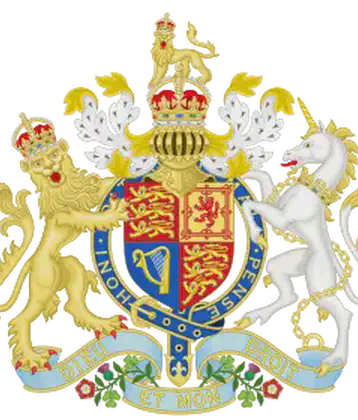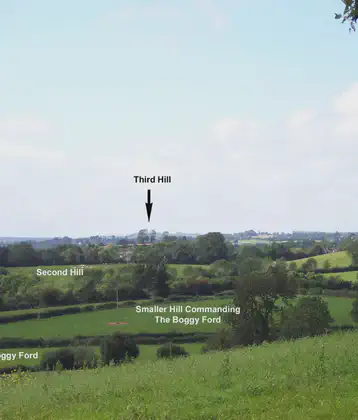On August 14, 1964 in Celtic History
University of strathclyde was constituted in glasgow, based on the royal college of science and technology.

The University of Strathclyde in Glasgow was officially constituted as a university on August 1, 1964. It was formed from the Royal College of Science and Technology, which had a long history dating back to the early 19th century. The University of Strathclyde is known for its strong emphasis on technology and innovation, and it has grown to become one of the leading universities in the United Kingdom.
Background
Origins: The origins of the University of Strathclyde can be traced back to 1796, when Anderson’s Institution was founded. This institution was established by Professor John Anderson, a professor of natural philosophy at the University of Glasgow, who wanted to create a place of higher education that focused on practical subjects such as science and engineering. It was initially called Anderson’s Institution and later became Anderson’s College.
Royal College of Science and Technology: By 1887, the institution had evolved into the Glasgow and West of Scotland Technical College, and in 1912, it was renamed the Royal Technical College. In 1956, it became the Royal College of Science and Technology, reflecting its focus on scientific and technical education.
Transition to University Status
Constitution as University: The Royal College of Science and Technology had long been recognized as a leader in technical education. However, it sought to expand its role and influence by becoming a full university. This ambition was realized on August 1, 1964, when it was granted university status and renamed the University of Strathclyde. The name “Strathclyde” was chosen to reflect the historic Kingdom of Strathclyde, a region that includes Glasgow.
First Technological University in the UK: The University of Strathclyde became the first technological university in the United Kingdom. This designation emphasized its strong focus on science, engineering, and technology, while also offering a wide range of other academic disciplines.
Growth and Development
Expansion of Faculties: Since its foundation, the University of Strathclyde has grown significantly. It expanded its range of courses and faculties to include business, law, humanities, and social sciences, alongside its traditional strengths in engineering and science.
Merger with Jordanhill College: In 1993, Strathclyde expanded further by merging with Jordanhill College of Education, adding teacher education to its offerings and becoming a major center for educational research and teacher training.
Legacy and Impact
Innovation and Research: The University of Strathclyde has built a strong reputation for research and innovation, particularly in fields such as engineering, physics, and business. It is known for its close ties to industry and for producing graduates who go on to successful careers in various sectors.
Global Influence: Strathclyde has established itself as a global player in higher education, with partnerships and collaborations around the world. Its emphasis on “useful learning” reflects the university’s commitment to producing research and graduates that make a real-world impact.
The University of Strathclyde continues to be a leading institution for higher education, known for its emphasis on practical and technological education, as well as its contribution to research and innovation. Its roots in the Royal College of Science and Technology underscore its long-standing commitment to advancing knowledge in science and engineering.
More From This Day



The Irish Franchise Act is enacted and has the effect of increasing the electorate from 45,000 to 164,000
August 14, 1850


Mary O'Connell is born in Co. Limerick, known as Sister Anthony, she serves in the American Civil War as a nurse
August 14, 1814

Nathaniel Hone, painter and member of the Royal Academy at the time of its founding in 1768, dies
August 14, 1784


